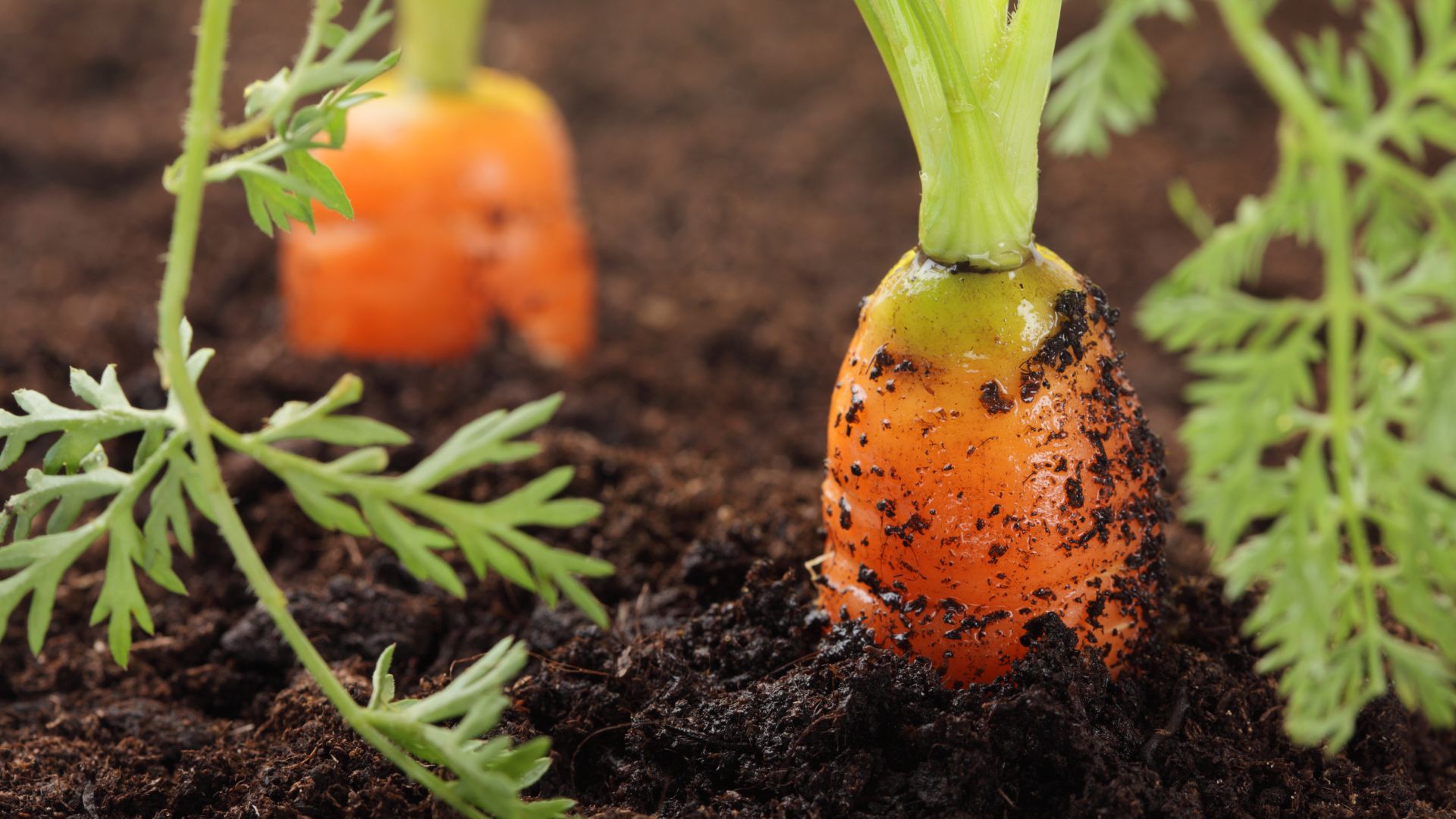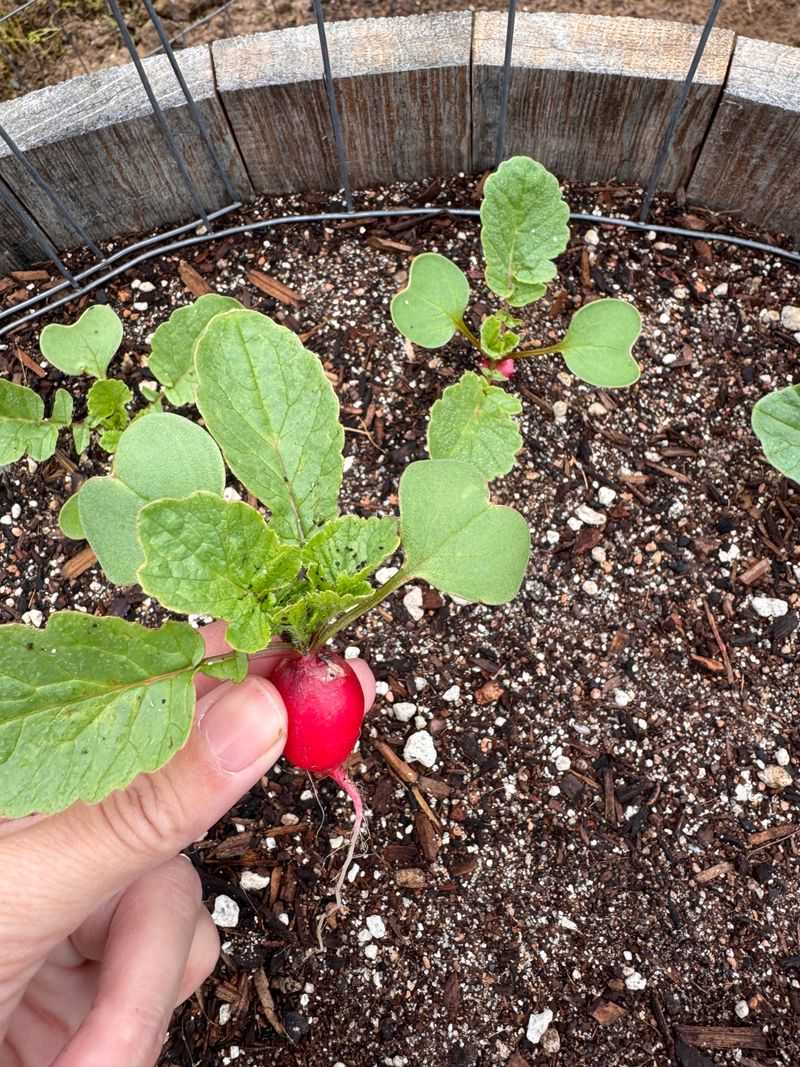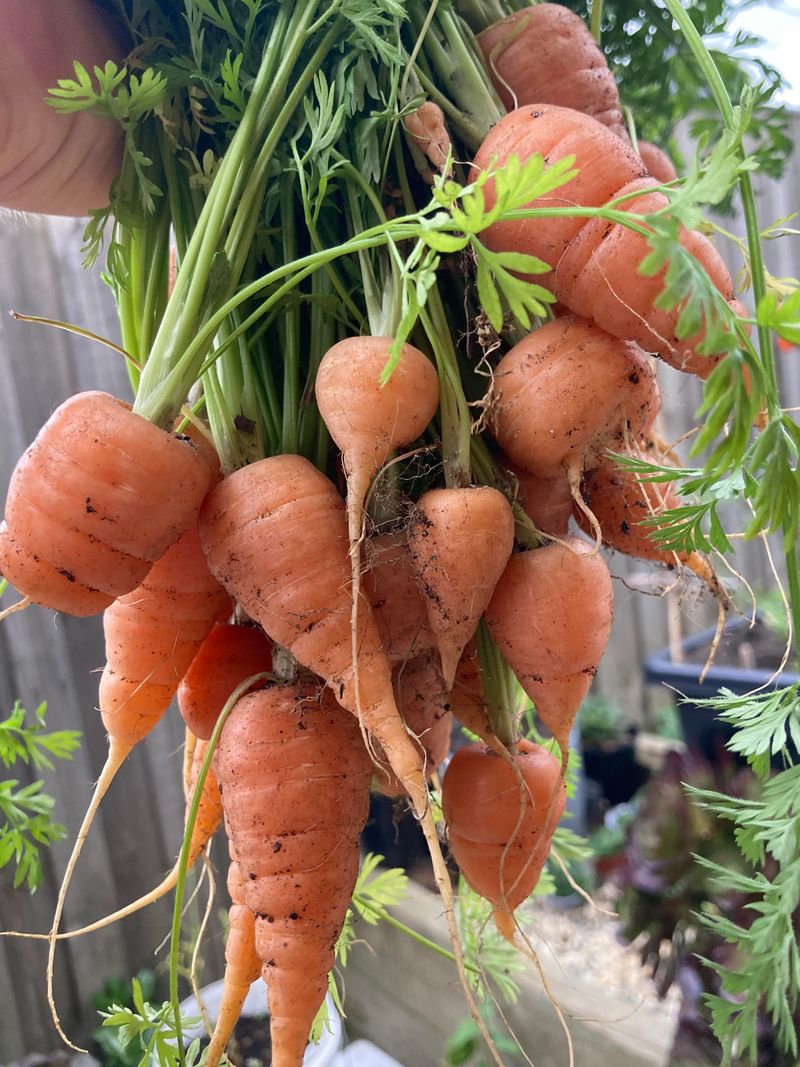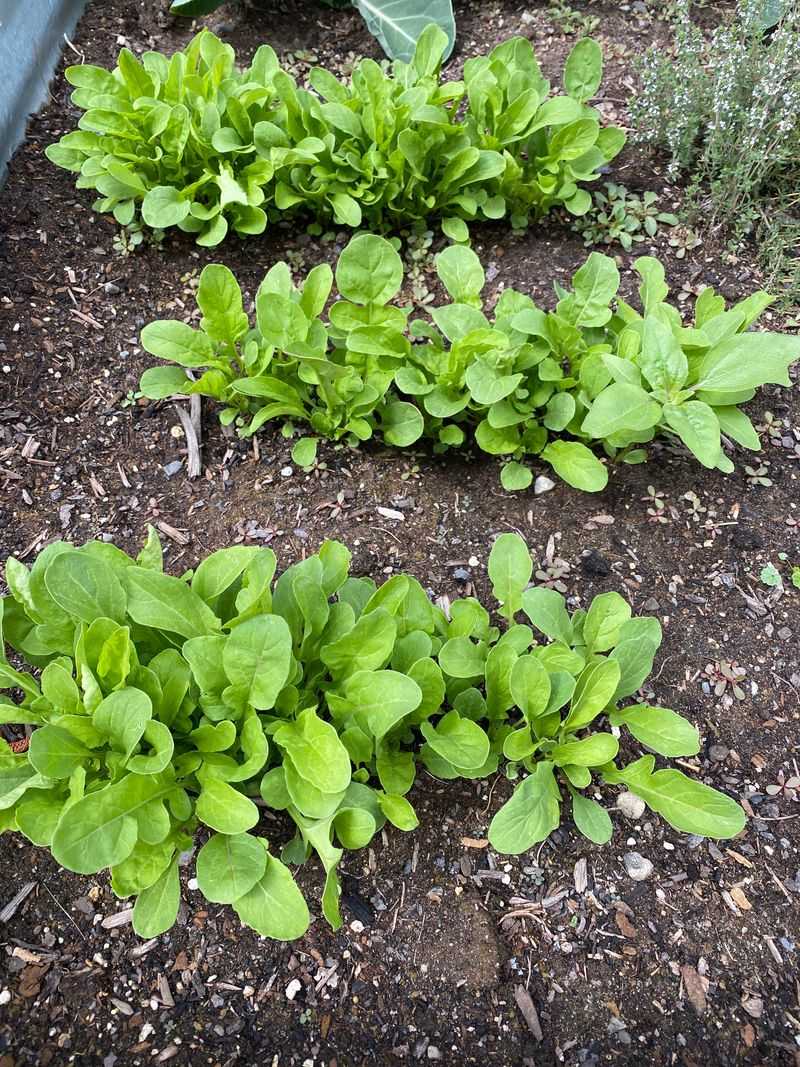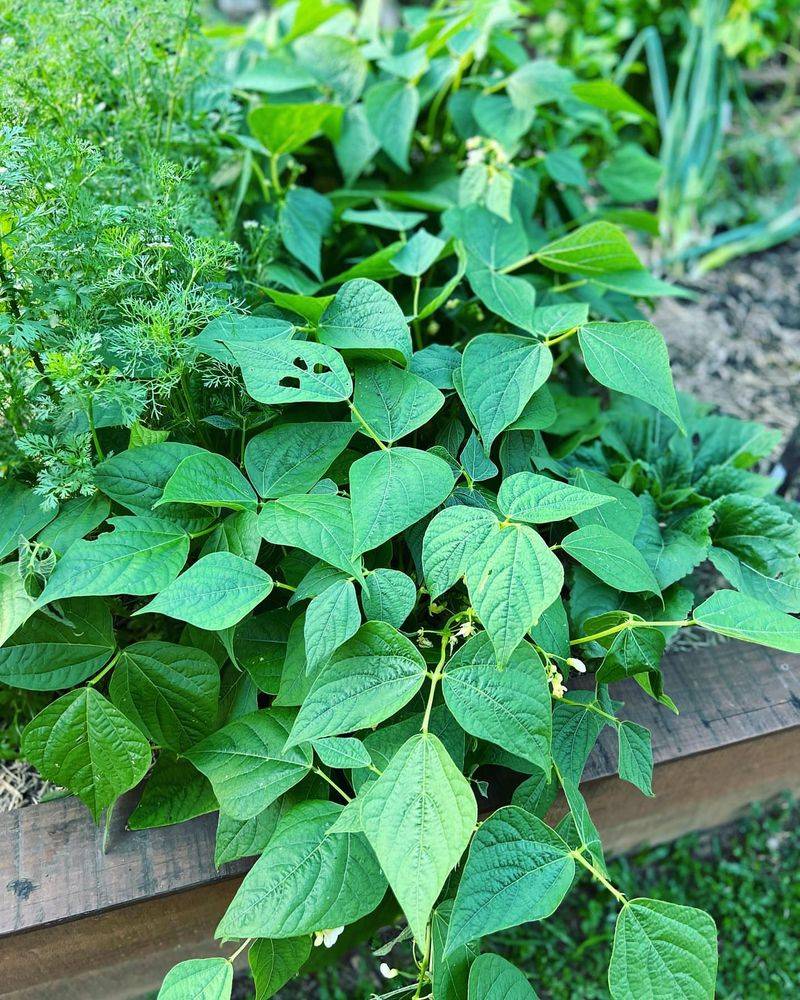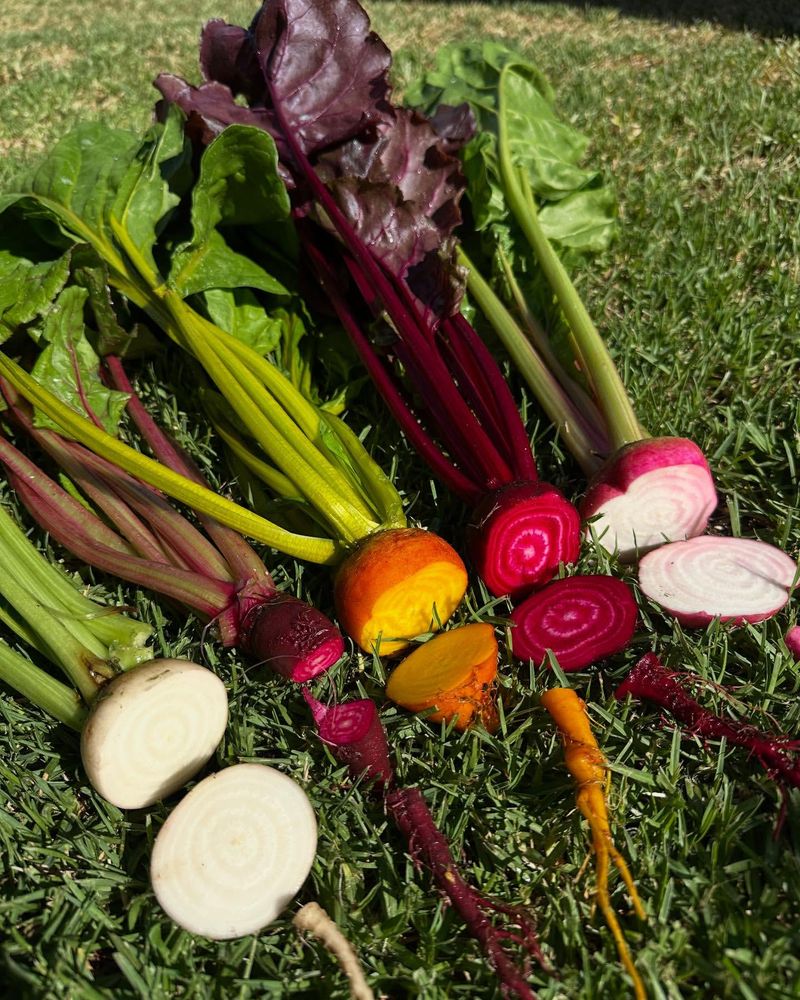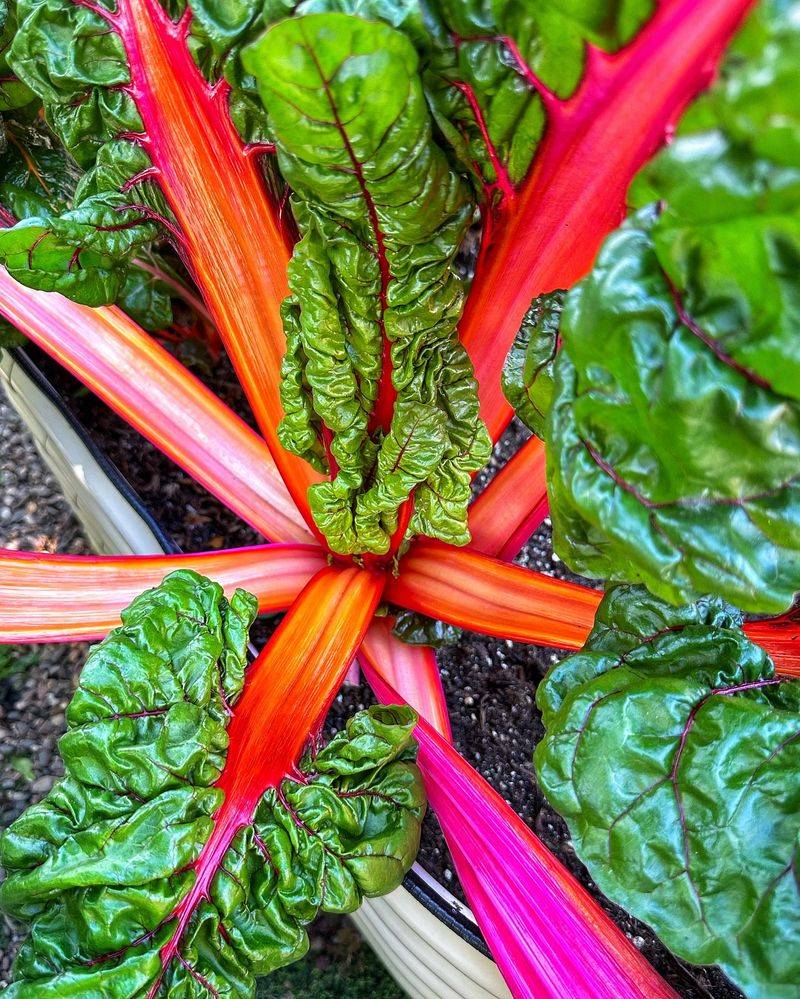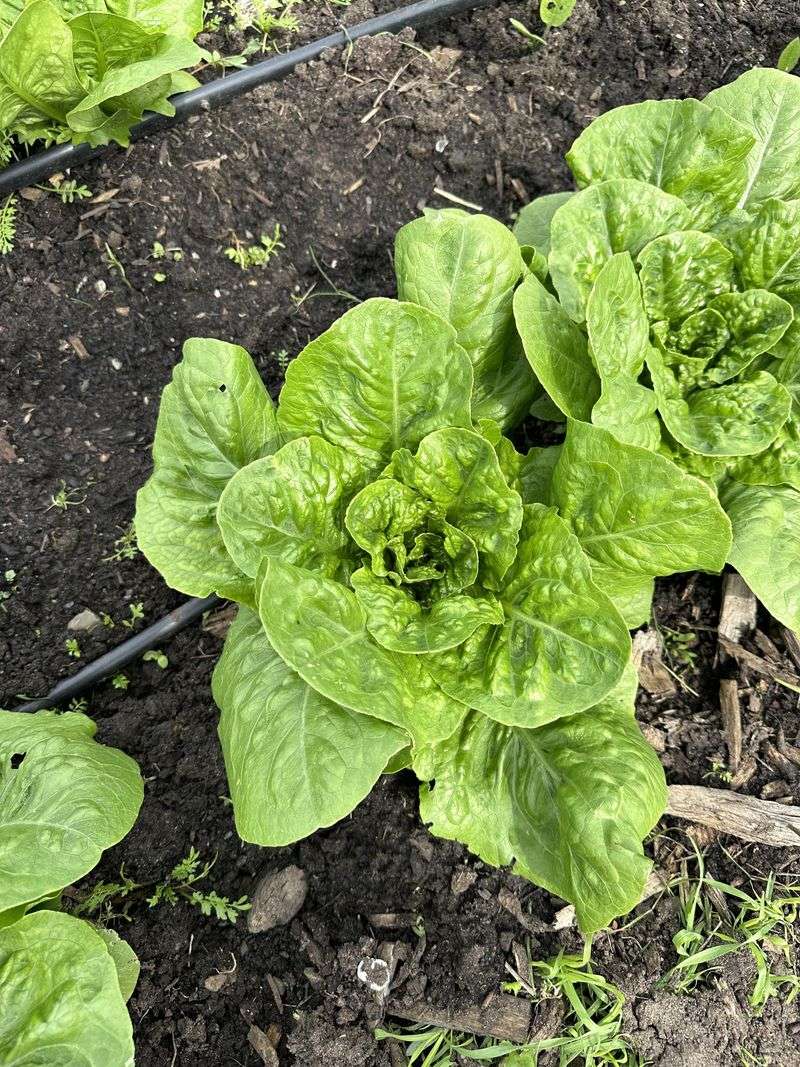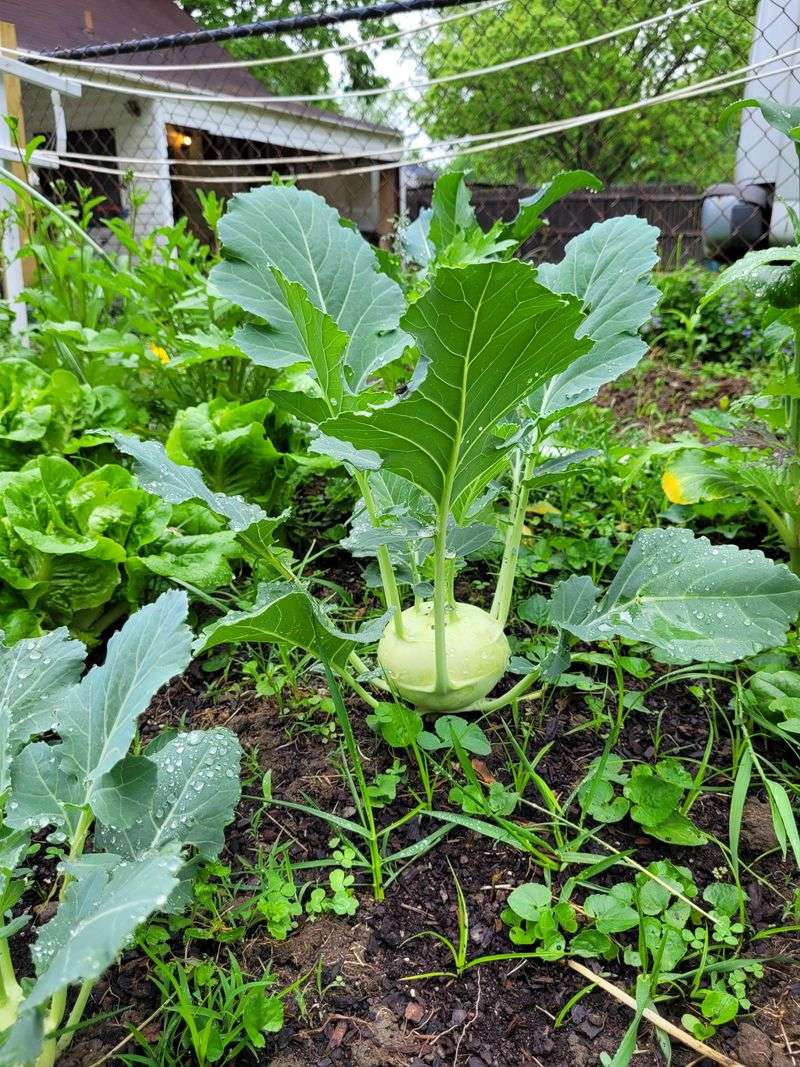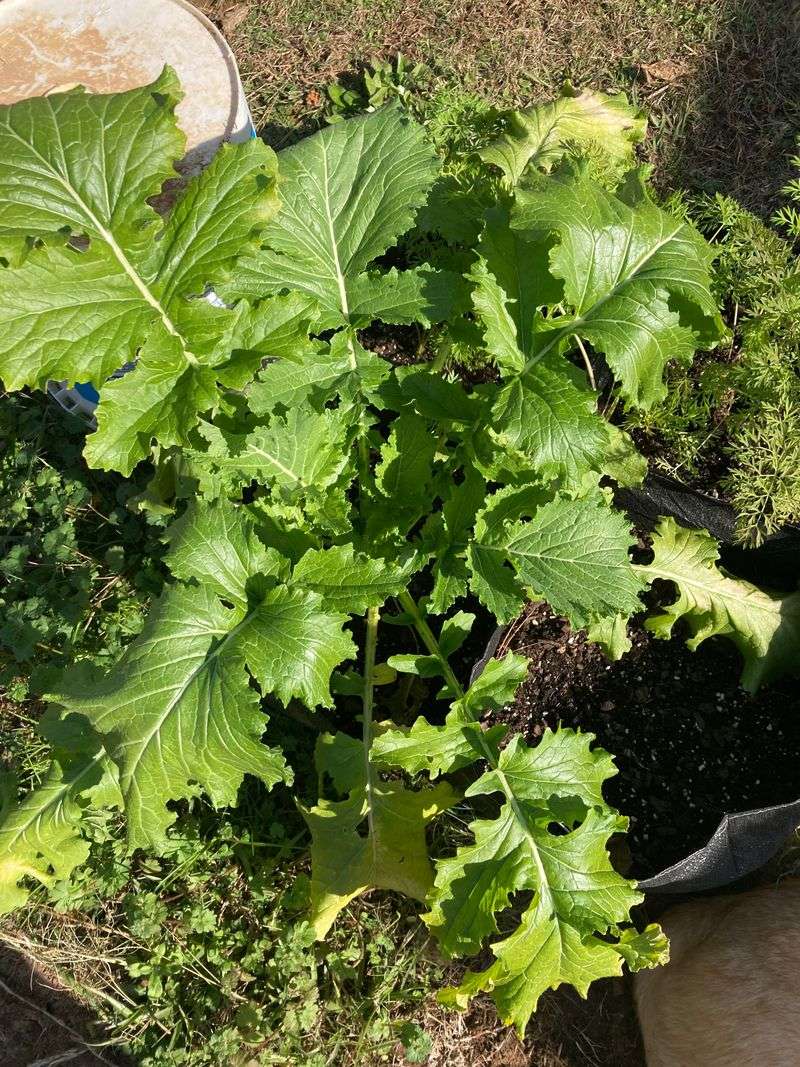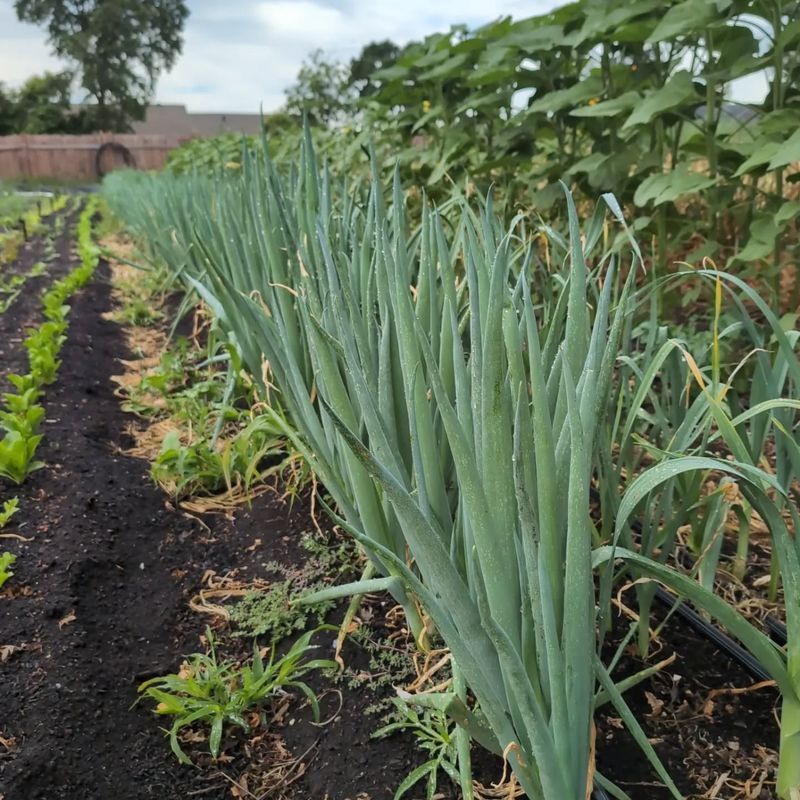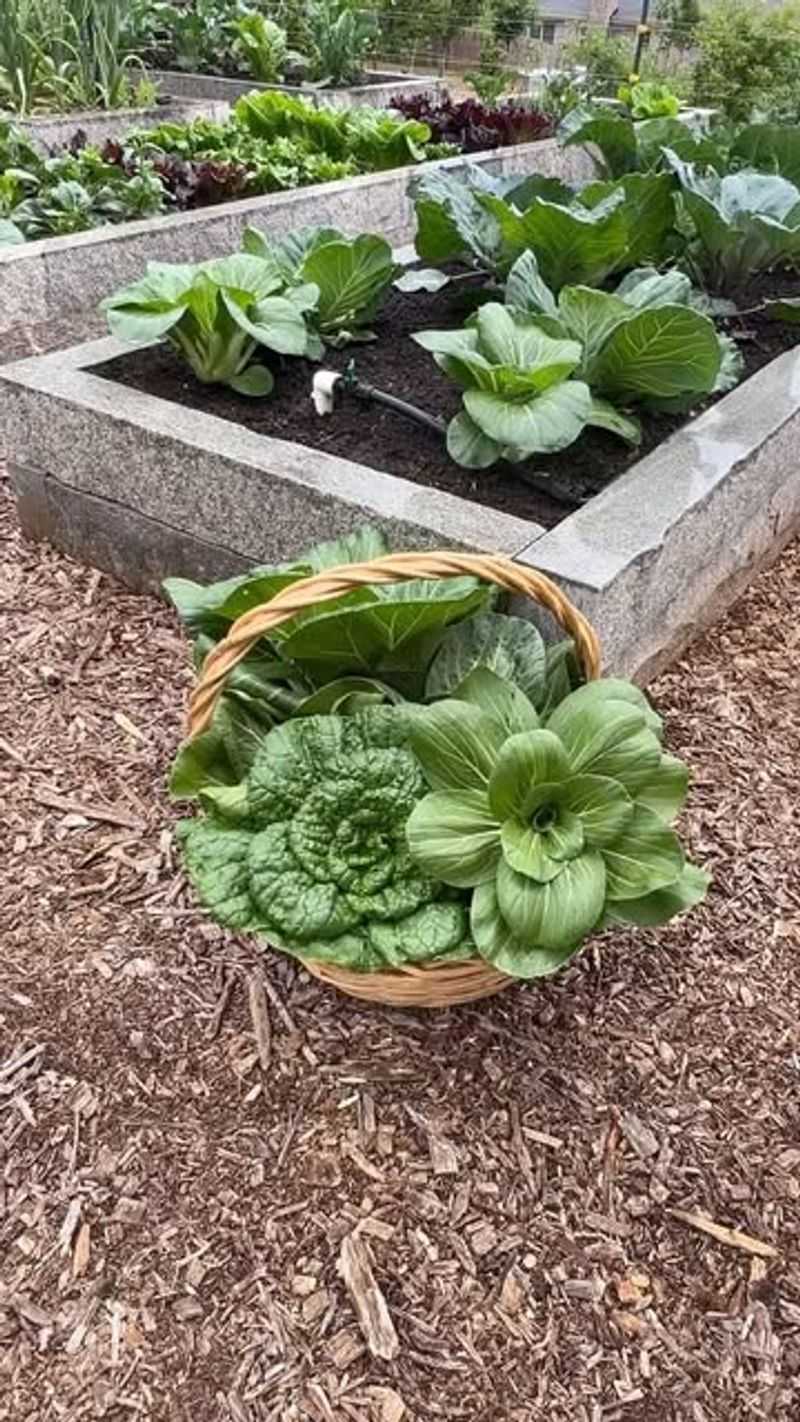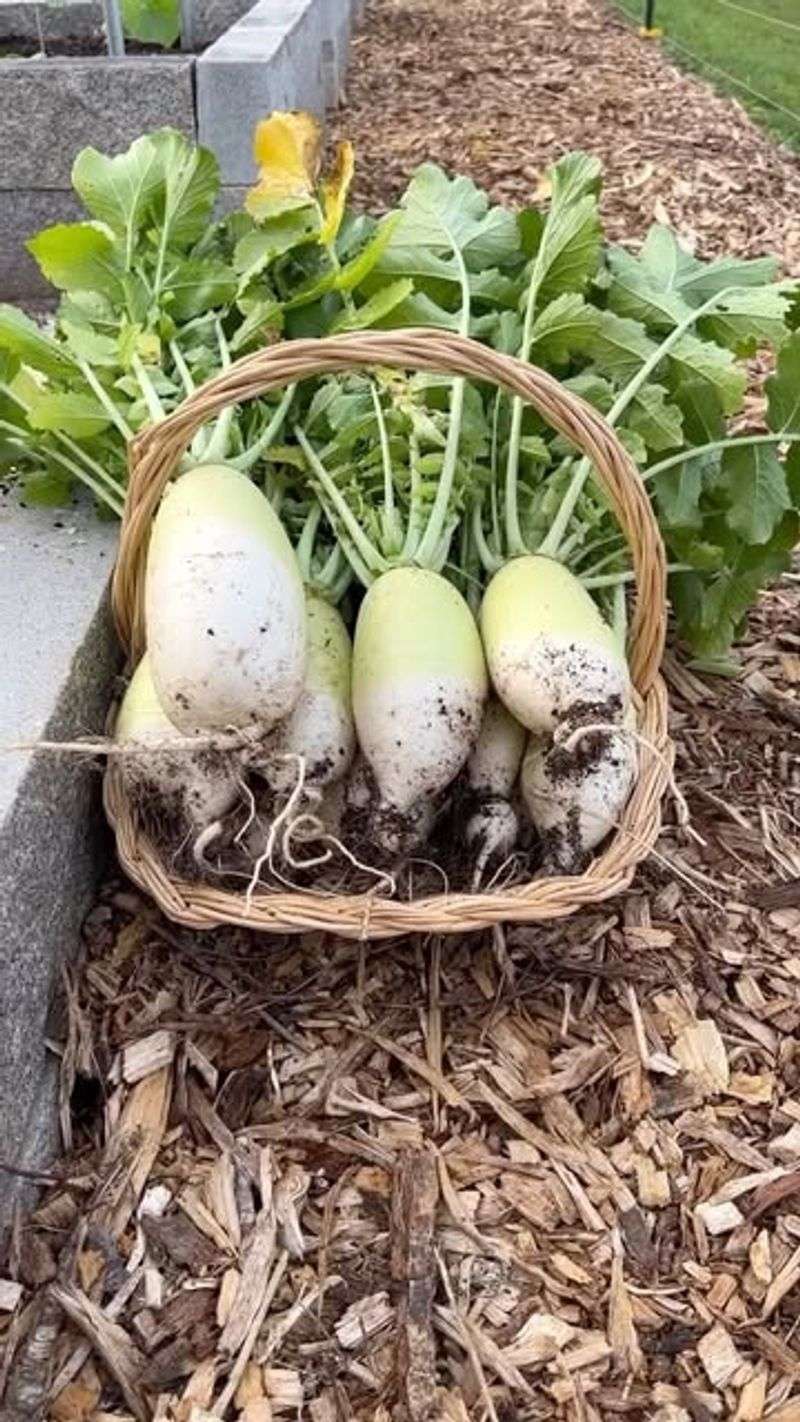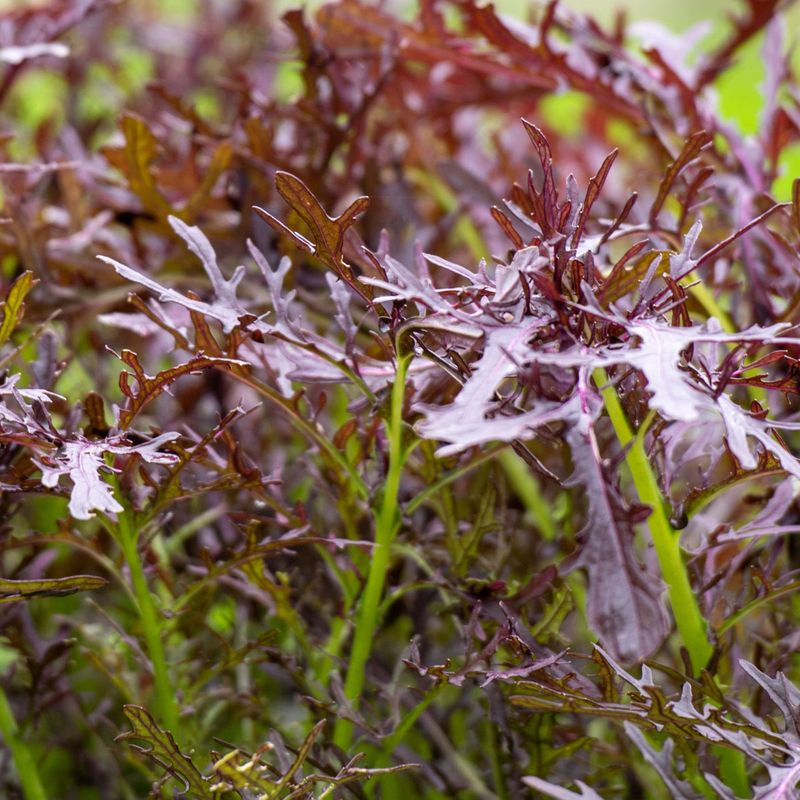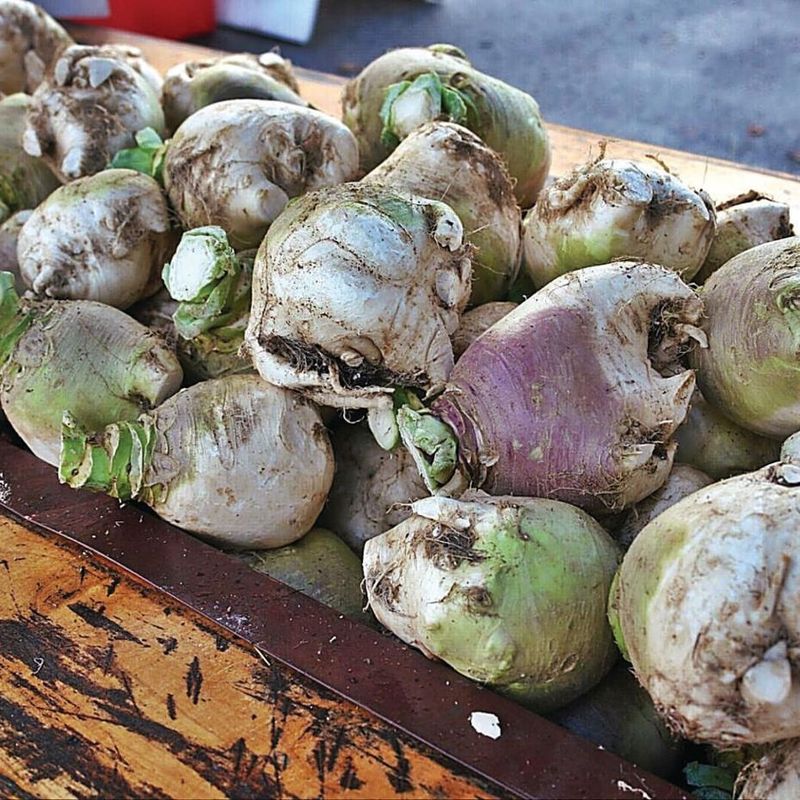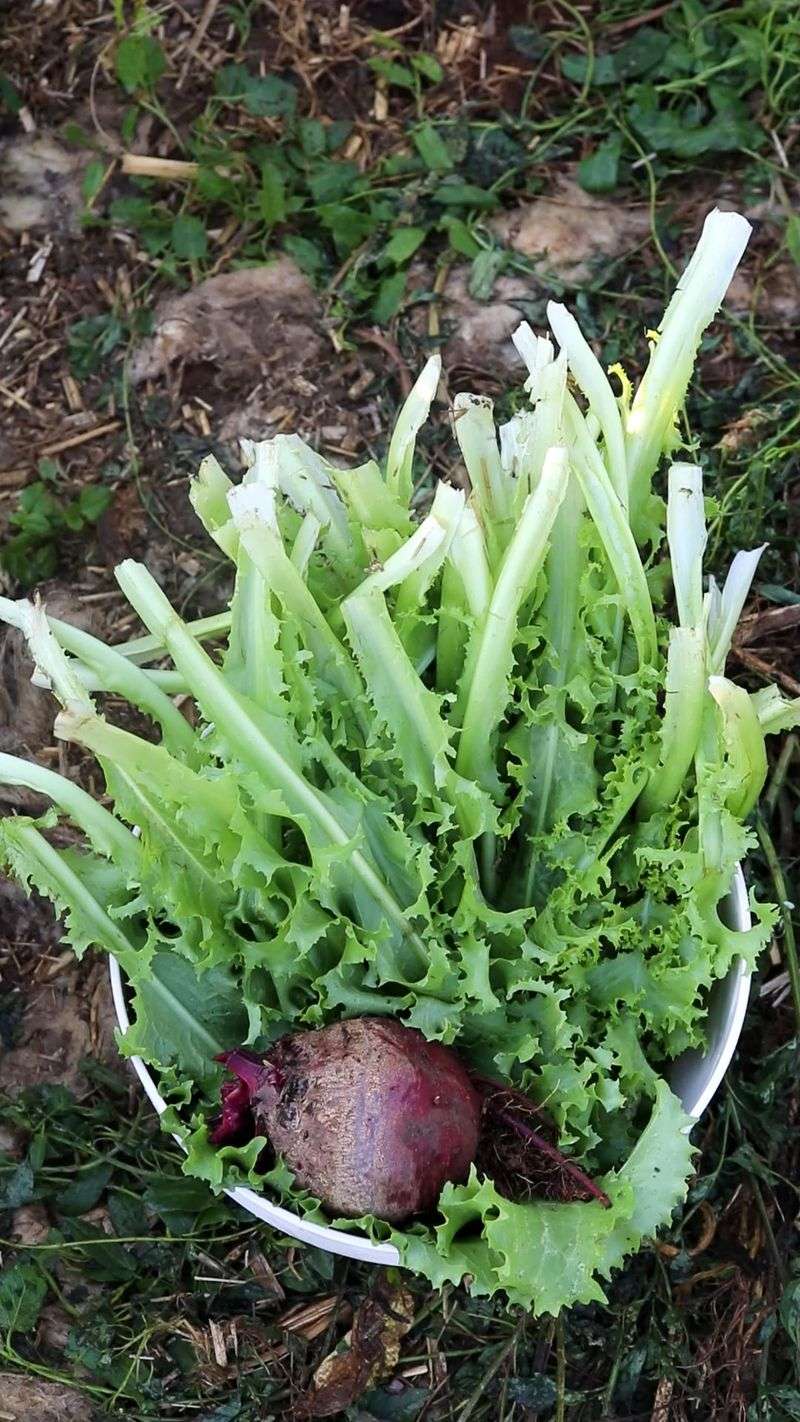Late summer in Vermont isn’t the finale—it’s the encore. Those crisp nights and sun-kissed days make ideal growing conditions, especially when paired with the state’s rich, varied soil.
Whether you’re working with rocky loam or sticky clay, there’s still time to plant. Cool-season champs like carrots, kale, and radishes thrive when the heat starts to ease.
With hardy veggies to choose from, your garden can stay productive well into fall. Don’t pack away the tools just yet—there’s one more harvest waiting to surprise you.
1. Kale
Cooler nights actually improve kale’s flavor, making it sweeter as temperatures drop. Many Vermont gardeners report their best harvests from late-summer plantings.
I’ve found the Lacinato variety particularly well-suited to our rocky soil. It doesn’t mind if the ground gets a bit dry between waterings, which happens more in August when I’m busy preserving other harvests.
For best results, plant kale where it gets morning sun but afternoon shade. The plant will continue producing well into October, often surviving light frosts that would kill more tender greens.
2. Radishes
Fast-growing radishes are perfect for impatient gardeners in Vermont’s shorter growing season. From seed to harvest in just 21-30 days, they’re quick satisfaction when planted in August.
The cooler soil temperatures of late summer help prevent the spicy bite that comes when radishes grow in hot weather. My Cherry Belle variety stays milder and crisper when planted as summer wanes.
Sow seeds every week until mid-September for continuous harvests. Vermont’s clay-heavy soil should be loosened with compost to give these root vegetables room to form properly.
3. Spinach
Summer-planted spinach often struggles with bolting, but late-summer sowings thrive as days shorten. The cooling temperatures of Vermont’s August nights slow the plant’s urge to produce seeds.
Working with our heavy soil requires extra attention. I mix in sand and compost before planting spinach seeds to improve drainage while maintaining moisture retention—critical for spinach success.
Seeds germinate quickly in the still-warm soil but grow sturdily in cooler air. Harvest can extend well into fall, especially if you provide simple row cover protection when the first light frosts threaten.
4. Carrots
Late summer is secretly the best time for starting carrots in Vermont. The warm soil helps seeds germinate quickly, while cooling fall temperatures sweeten the roots as they develop.
Short varieties like Nantes or Danvers Half-Long perform beautifully in our sometimes rocky soil. My garden’s heavier clay sections yield surprisingly straight carrots when I mix in some sand before planting.
Unlike spring-planted carrots, late summer ones rarely attract carrot rust fly, a common pest earlier in the season. You can leave these underground well into fall, harvesting as needed even after the first light frosts.
5. Arugula
Few greens match arugula’s enthusiasm for Vermont’s cooling late-summer conditions. The peppery leaves grow milder and more tender when temperatures moderate after July’s heat.
Sowing seeds every 10 days from August through September ensures continuous harvests. I’ve noticed that late-summer plantings are less prone to flea beetle damage, which can plague spring crops.
Even in the shadier parts of my garden where summer crops struggled, arugula thrives as daylight hours shorten. The plant’s shallow roots make it perfect for containers or areas with just a few inches of workable soil above Vermont’s famous bedrock.
6. Bush Beans
Quick-maturing bush beans can go from seed to harvest in about 50-60 days, making them perfect for August planting in Vermont. The warm soil speeds germination while moderating temperatures reduce pest pressure.
My Provider variety consistently produces tender pods well into October. Unlike pole beans that need trellising, bush varieties stand on their own, making them ideal for windy Vermont hillsides where supports might topple.
Planting after summer squash or early corn makes good use of garden space. Bush beans also add nitrogen to soil, improving it for next spring’s crops—a bonus for Vermont’s sometimes nutrient-poor ground.
7. Beets
Late-summer planted beets develop sweeter flavors as they mature into fall’s cooler weather. Both roots and greens benefit from Vermont’s gradually cooling temperatures.
Varieties like Chioggia and Detroit Dark Red perform particularly well in our sometimes heavy soil. I’ve had success breaking up clay with a bit of sand and compost to give these root vegetables the loose soil they prefer.
Thinning seedlings to 3 inches apart ensures good-sized roots. Don’t waste the thinnings—young beet greens make delicious salad additions with a nutritional profile that rivals kale, perfect for extending Vermont’s salad season.
8. Swiss Chard
Bright Lights Swiss chard brings color to the late-summer garden while providing nutritious greens well into fall. The plant’s deep roots access nutrients other vegetables miss in Vermont’s variable soil.
Heat-tolerant yet cold-hardy, chard bridges the seasonal gap perfectly. My plantings have survived temperatures down to 25°F with simple row cover protection, extending the harvest season remarkably long.
Younger leaves can be harvested for salads while larger ones are perfect for cooking. The stalks, often overlooked, add crunch and color to stir-fries—a welcome addition when other garden vegetables are finishing their season.
9. Turnips
Quick-growing turnips are underappreciated stars of the late-summer Vermont garden. The white-fleshed roots develop sweet, mild flavors when grown in cooling fall temperatures.
Hakurei varieties mature in just 38 days, offering quick returns on August plantings. I’ve found they perform beautifully in Vermont’s sometimes challenging soil, forming smooth roots even in heavier ground.
Both roots and greens are edible, providing two harvests from one plant. The tender tops can be picked young for salads or allowed to grow larger for cooking, while the roots store well for winter use—perfect for Vermont’s long cold season.
10. Lettuce
Summer-planted lettuce often bolts quickly, but August sowings thrive as days shorten and nights cool. Vermont’s moderate late-summer temperatures create ideal conditions for tender, sweet leaves.
Heat-resistant varieties like Jericho and Red Sails perform especially well. My garden’s shadier spots become prime lettuce real estate in late summer, protecting plants from the still-warm afternoon sun.
Succession planting every 7-10 days ensures continuous harvests. With simple row cover protection, lettuce can continue producing well into October—far longer than spring plantings that quickly bolt in June’s lengthening days.
11. Kohlrabi
Often overlooked, kohlrabi is perfectly suited to Vermont’s late-summer conditions. The unusual bulb-like stems develop sweet, crisp flesh as nights cool down.
Quick-maturing varieties like Winner can be ready in just 45 days after planting. I’ve noticed that late-summer plantings develop fewer woody fibers than spring crops, resulting in more tender eating.
Both purple and green varieties thrive in our mineral-rich soil. Kohlrabi’s shallow root system makes it ideal for areas where bedrock limits soil depth—a common challenge in many Vermont gardens.
12. Broccoli Raab
Faster-maturing than its cousin broccoli, raab (rapini) produces tender stems, leaves and small florets in about 45 days. The slightly bitter greens develop sweeter notes when grown in Vermont’s cooling fall temperatures.
Succession planting every two weeks from early August through September extends harvests. My garden’s heavier clay sections yield surprisingly good results with raab, which seems less fussy about soil structure than many brassicas.
Unlike spring plantings that quickly bolt in lengthening days, fall crops remain productive longer. The plant’s resistance to light frost means harvests continue well after more tender greens have succumbed to cold nights.
13. Scallions
Long-season onions may not mature when planted late, but scallions offer quick returns in just 60 days. Their shallow roots adapt well to Vermont’s variable soil conditions.
Tokyo Long White varieties perform particularly well in late-summer plantings. I’ve found they continue growing steadily through September and October, unfazed by the cooler nights that slow other crops.
Planting densely and harvesting every other plant allows continuous yields from the same row. Scallions’ frost tolerance means they often survive until Thanksgiving in my Zone 4 garden—far longer than their spring-planted counterparts.
14. Bok Choy
Baby bok choy varieties mature in just 30-40 days, making them perfect for late-summer planting in Vermont. The cooling temperatures reduce the plant’s tendency to bolt, resulting in tender, sweet heads.
Unlike many greens, bok choy doesn’t mind Vermont’s heavy soil. My garden’s clay-rich sections produce beautiful plants with minimal soil amendment—just some basic compost mixed in before planting.
Sowing seeds every two weeks from August through September ensures continuous harvests. With simple row cover protection, these Asian greens continue producing well after the first light frosts that would damage more tender vegetables.
15. Daikon Radish
Long white daikon radishes serve double duty in the Vermont garden—as both food and soil improvers. Their powerful taproots break through compacted layers, creating channels for water and air.
Planted in August, these Asian radishes develop sweet, mild flavors as they mature into fall’s cooler temperatures. My rocky Vermont soil has been noticeably improved in areas where I’ve grown daikon, with fewer compacted spots the following spring.
The greens are edible too, offering spicy additions to salads or stir-fries. With moderate frost tolerance, daikon continues growing well into October, storing soil nutrients that might otherwise leach away during Vermont’s rainy fall.
16. Mustard Greens
Spicy mustard greens develop milder, more complex flavors when grown in Vermont’s cooling fall temperatures. The plants mature quickly, ready for harvest in just 35-45 days from seeding.
Red varieties like Ruby Streaks add visual interest to the late-season garden. I’ve found they perform beautifully in our sometimes acidic soil, showing better tolerance for low pH than many other greens.
Light frosts actually improve flavor by triggering sugar production in the leaves. With simple row cover protection on colder nights, mustard greens continue producing well into November—long after summer crops have finished.
17. Rutabaga
Often confused with turnips, rutabagas offer sweeter flavor and better storage quality—perfect for Vermont’s long winters. The yellow-fleshed roots develop exceptional taste when grown in cooling fall temperatures.
Requiring 90 days to maturity, August 1st is the perfect planting date in most Vermont gardens. My heavy clay soil produces surprisingly good rutabagas when I mix in some sand and compost before planting.
Unlike many root vegetables, rutabagas actually improve after light frosts, developing sweeter flavor as temperatures drop. Their excellent storage quality makes them valuable additions to winter meals long after the garden has gone dormant.
18. Endive
Frilly endive adds sophisticated flavor and texture to fall salads, performing beautifully in Vermont’s cooling temperatures. The slightly bitter leaves become milder and more palatable when grown in late summer into fall.
Frisée varieties mature in about 45 days from seeding. My garden’s shadier spots become prime endive territory in August, as the plants appreciate protection from strong afternoon sun.
Covering developing heads with an overturned bowl for the final week creates blanched hearts with milder flavor. The plant’s moderate frost tolerance extends harvests well into fall, especially with simple row cover protection on colder nights.

